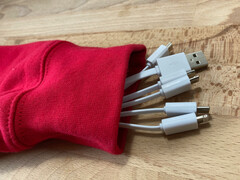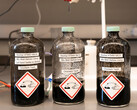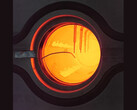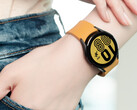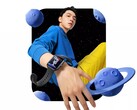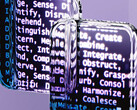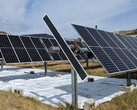Digital thermometers work this way, as do isotope batteries for space probes. But obtaining significant power from body heat alone is new. The Seebeck effect can convert temperature differences into a voltage, so far rather slowly.
This voltage is used to generate a current flow which, if properly switched, could charge all kinds of portable devices. The only crucial problem is that heat transfer also continues to take place. As a result, the amounts of electricity are so low that they are of no practical use. Or at least that has been the case so far.
All right: NASA is building batteries with highly radioactive isotopes such as plutonium-238, but these then have significantly higher temperature differences between the radiating isotope inside and the cold of space.
Thanks to a carbon fiber nanotube only 8 nanometers thick (a hair is about 10,000 times as thick), the effect should soon be usable on your own skin. According to the study by NAIST in Japan, the power output could be increased many times over compared to previous methods.
At the same time, it has been possible to keep heat conduction at approximately the same level as in previous experiments. This is because if heat were transported between the fibers, the temperature difference would decrease and significantly reduce the power generation.
However, the nanofiber still achieves 242 microwatts per meter and per degree of temperature difference squared. The greater the distance between hot and cold, the greater the available power.
If a difference of 10 Kelvin could be harnessed, only around 50 meters (160 feet) of the fiber would be needed to achieve a whole watt. And with 5 watts, most portable devices could already be charged, albeit not quickly.
Given the minimal thickness of the nanotubes, such an amount would hardly be noticeable in most items of clothing - the charging port, maybe. Production has also already been optimized, and the time required has been reduced to an eighth of the previous method. It won't be long before the hoodie can either charge your smartphone or deliver electric shocks, probably.




